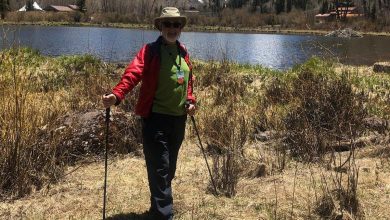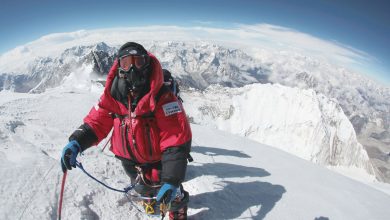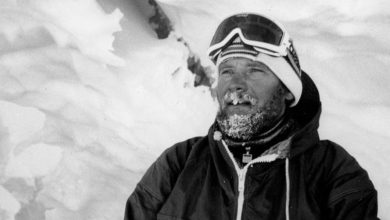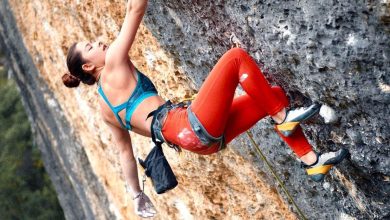Doug Scott: First Ascent Of The Everest’s South-West Face
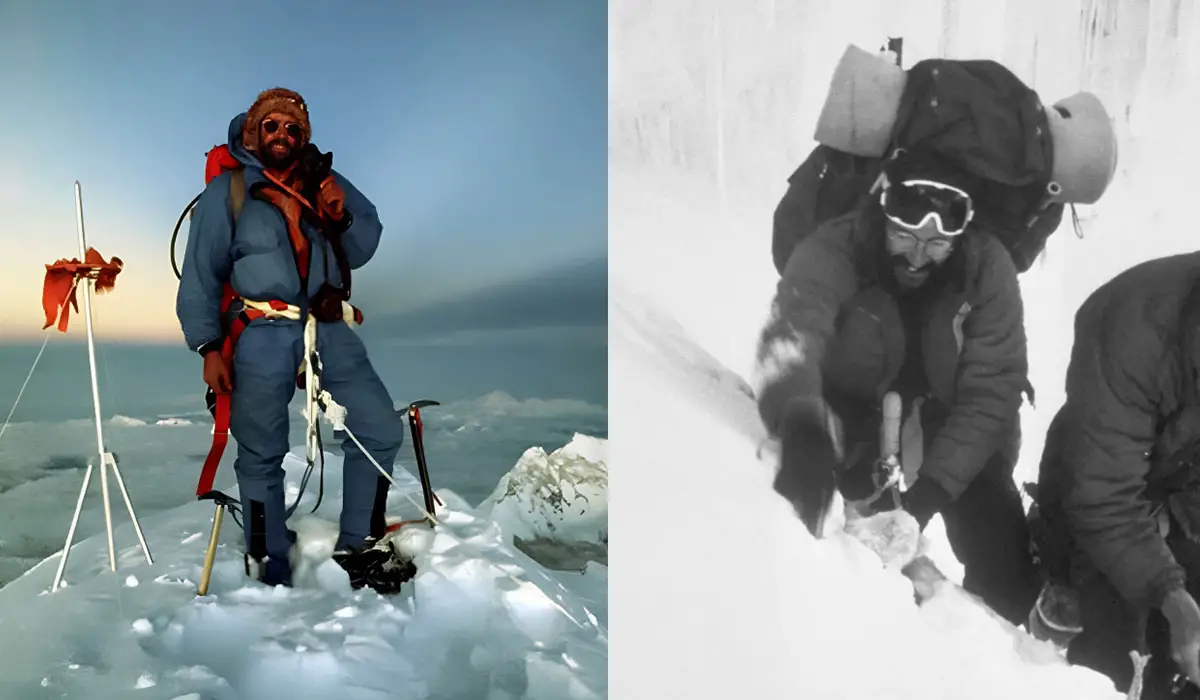
Doug Keith Scott is one of the most legendary figures in the mountaineering community. The British mountaineer had always been called “visionary” for both his works and skills throughout the decades. He has been a part of several promising expeditions of all times, including the first ascent of the south-west face of Mount Everest, Kangchenjunga from a new route, Nuptse, also from a new route in 1979, and Shisha Pangma, again, from a new route in 1982, and mounting Broad Peak in 1983. Scott was also a part of the first ascents of Changabang (6864 m) in 1974 and Baintha Brakk (“Ogre,” 7285 m) in 1977. He completed the Carstensz version of the Seven Summits in 1995.
Scott has had several amazing achievements in his life. Make sure to read till the end of this article to know everything you’ll possibly be interested in!
Who is Doug Scott?
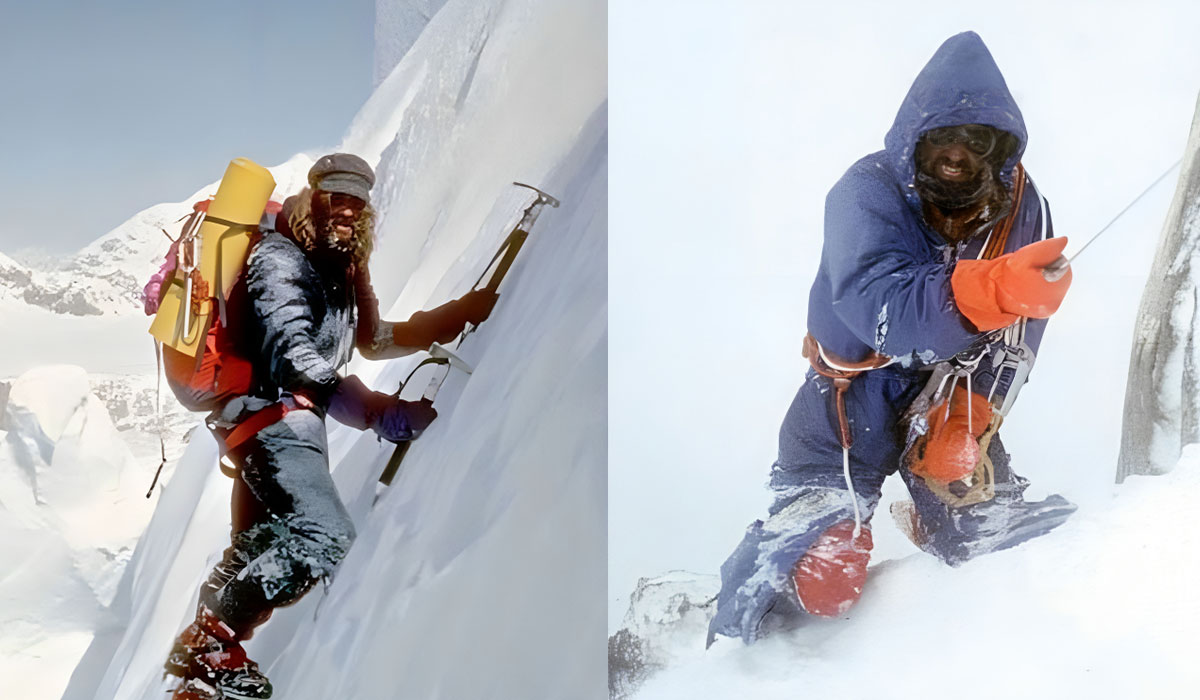
Doug Scott was an English mountaineer. He was born on 29 May 1941 in Nottingham, England. After having grown keen on mountaineering and ice climbing, Scott found much later in his life that the first person to ever scale Mount Everest, Sir Edmund Hilary, and his mother were born at almost the same exact time. He had always considered this fact more than a mere coincidence.
He completed his education in Nottingham at Cottesmore Secondary Modern and Mundella Grammar schools. As a part of the Scouts, he discovered his love for climbing with a hike at the Black Rocks in Derbyshire when he was only 13 years old. Scott’s father had to give up boxing and heavy lifting to focus on his family. Besides Scott, his parents, George Douglas Scott and Edith Joyce Scott, had two other children, Garry and Brian. Before accomplishing his dream as a mountaineer, Scott trained at Loughborough Teachers’ Training College from 1959 to 1961, after which he started teaching geography, history, PE, and games for ten years at the same secondary school he passed out from.
With time, he started pursuing his journey of mountaineering. Throughout his lifetime, he was able to be a part of around 40 expeditions in Asia itself. He was able to make 30 successful first ascents during the same time. His achievement in mountaineering also helped him win the most prestigious award of all time the Piolet d’Or Lifetime Achievement Award, which was highly regarded by not only his juniors but also his peers in mountaineering.
Doug Scott Career
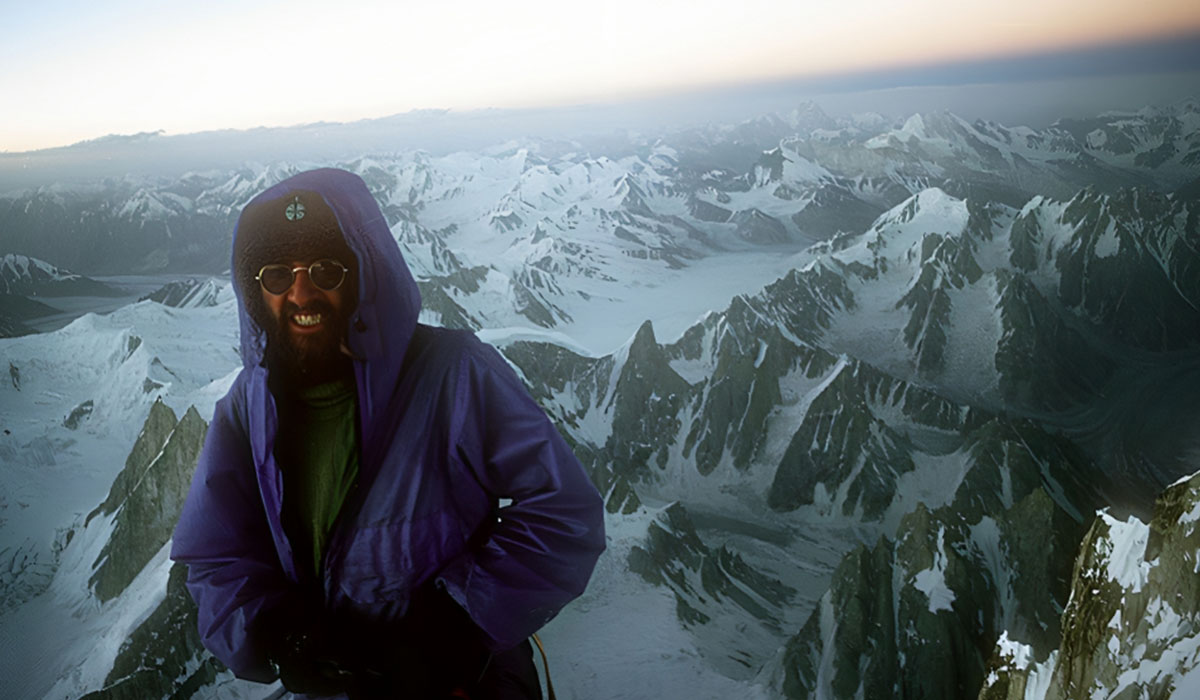
Scott was one of the most famous high-altitude climbers in the world. He was also a prominent wall climber. He is best known as the first British person to make it to the top of the tallest peak in the world, Mount Everest. He also was an unplanned bivouac survivor alongside Dougal Haston around 100 meters below the peak. They did not have any oxygen or sleeping bags and made it out without frostbite. Besides his first Everest climb from the South face, he attempted all his climbs with the help of lightweight or pure Alpine style. After his successful ascent to Everest, he also summited other peaks like big wall climbing on Baffin Island, Mount Kenya and in the Karakoram, and Shivling in the Indian Himalayas.
Doug was also a founder of the Nottingham Climbers Club (1961), president of the Alpine Climbing Group (1976–82), vice president of the British Mountaineering Council (1994–97) and president of the Alpine Club (1999–2001). He was also given the most excellent order of the British Empire, CBE, in 1944. He also won the Patron’s Medal of the Royal Geographical Society in 1999 and the Golden Eagle Award from the Outdoor Writers and Photographers Guild in 2005.

As a tribute to his efforts in conservation and the support of people in mountaineering and mountain people, in general, Scott won the John Muir Trust Lifetime Achievement Award in 2005, yet again, and became the third person in history to have that achievement. Then, in 2011, he was able to win the Piolet d’Or Lifetime Achievement Award in Chamonix award.
Besides his notable achievements, he was also made a Freeman of the City of Nottingham in 1976. A Nottingham tram is also named after him. He has won several other awards throughout his career outside of mountaineering, including an honorary MA from the universities of Nottingham and Loughborough in 1993, Hon. MEd Nottingham Trent in 1995, Hon Dr. Derby University in 2007, and Hon Dr. Loughborough University in 2017.
Doug Scott on Bonington’s 1975 Everest Expedition
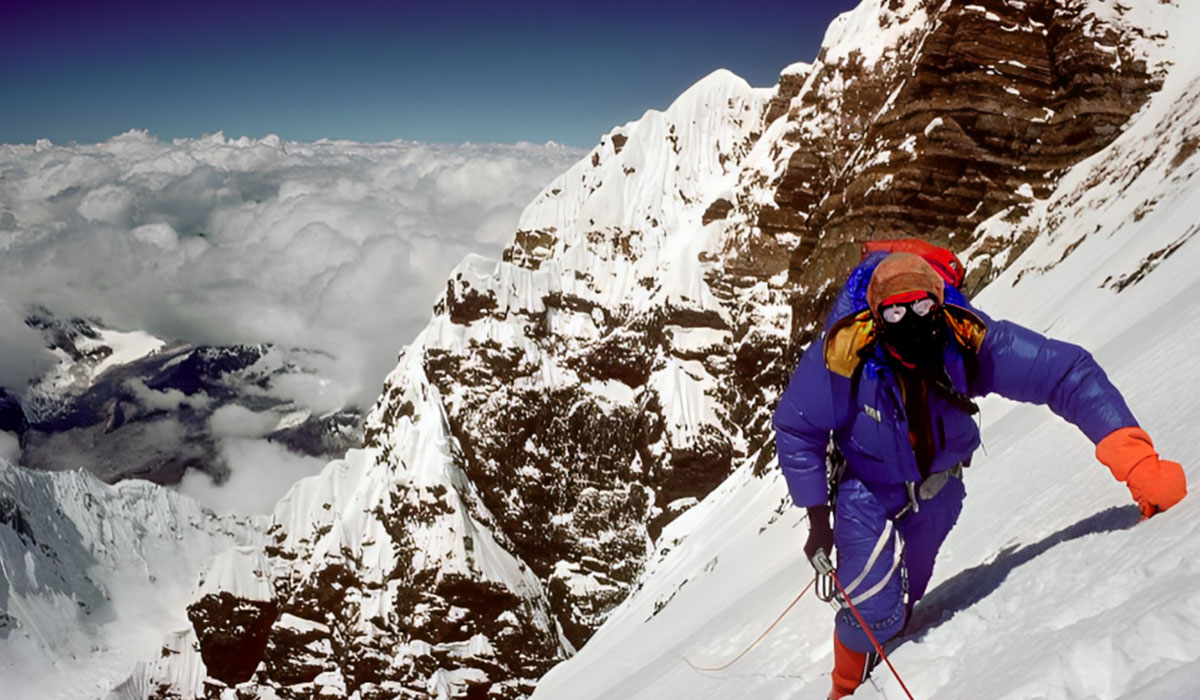
Doug Scott climbed Everest in 1975 and was a part of Bonington’s 1975 Everest expedition, where he was able to summit the mountain. Sadly, in the same expedition, his climbing partner was spotted for the very last time, and he could not make it out of the mountain like Scott. What had happened to Burke as he disappeared in the thin air of the mountain is still not known for sure. His climbing partners did not consider Mick to be a natural climber. However, he was best known for being determined and dedicated to what he did.
Scott, on the other hand, returned home and won the most honorable honors of all time while being one of the first British men to climb Everest and the first among the team to summit the peak from the southwest face.
Doug Scott Humanitarian Work
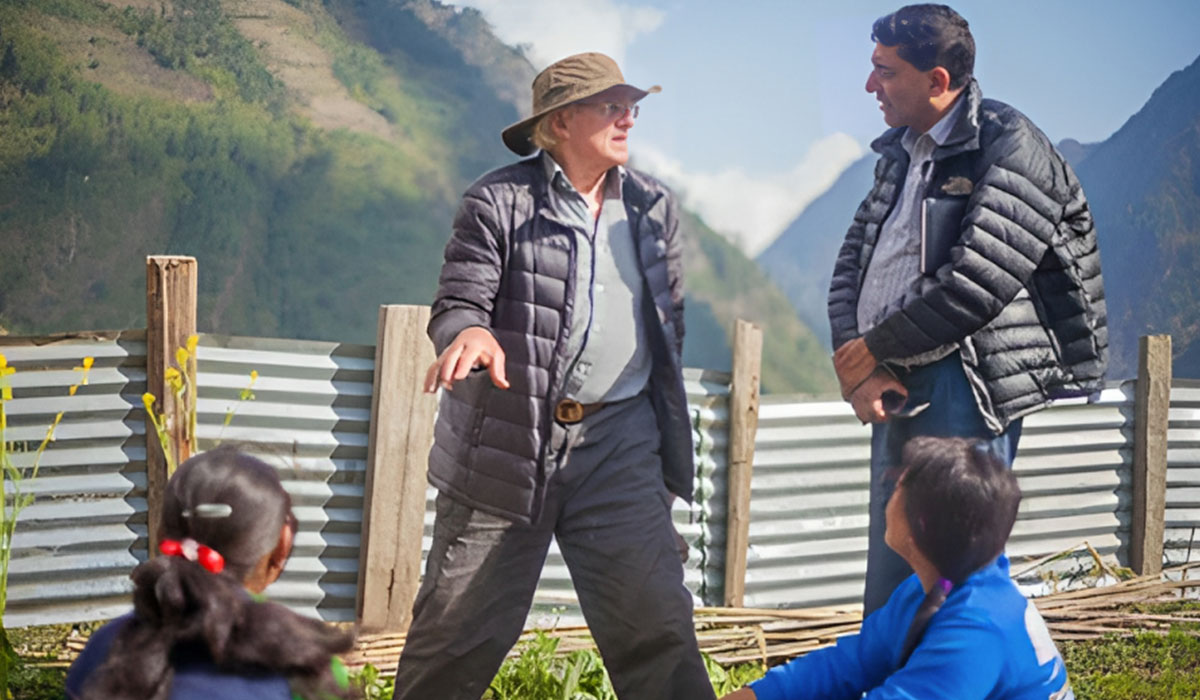
Along with being an accomplished academic scholar and a famous alpinist, Scott is also known for his humanitarian works. His work has been associated with the mountaineering community. Doug was one of the Hunt Committee contributing to the Hunt Report on Outdoor Education in 1976.
Also, he was a British Mountaineering Council (BMC) representative on the UIAA and an associate of the UIAA Management Committee (2008 to 2012), the Climbers Club, the Alpine Club, the American Alpine Club, UIAA Mountaineering Commission and chairman of the Traditional Values Working Group 2011. He was a chairman of the latter till the day he passed away.
Moreover, he was also the chairman of Mount Everest Foundation from 2014 to 2017 and vice chairman of the Mountain Heritage Trust from 2014 to 2017. He became the vice president of the BMC between 1994 and 1997 and a patron of the BMC in 2015.
Scott grew fond of the community in the Himalayas, where he did his mountaineering. He is responsible for the installation of 17 fresh-water standpipes in Askole, the last settlement before K2. This further resulted in the decrease of infant mortality in the area by half.
He and his wife, Sharu Prabhu, came up with a volunteering foundation in Nepal called Community Action Nepal, or CAN. He was able to visit 60 CAN projects inside Nepal while raising as many funds as possible for the foundation. Community Action Treks (CAT) in 1989 was also set to improve the labor conditions of the trekking industry. While he received the British Guild of Travel Writers Tourism and Community Merit Award in 1996, his initiative CAT received the Responsible Tourism Award in 2008, and CAN received the first British Expertise International (BEI) Charity Project of the Year Award in 2017. The foundation’s partner, WYG, also received the award in the same year.
Doug Scott Death
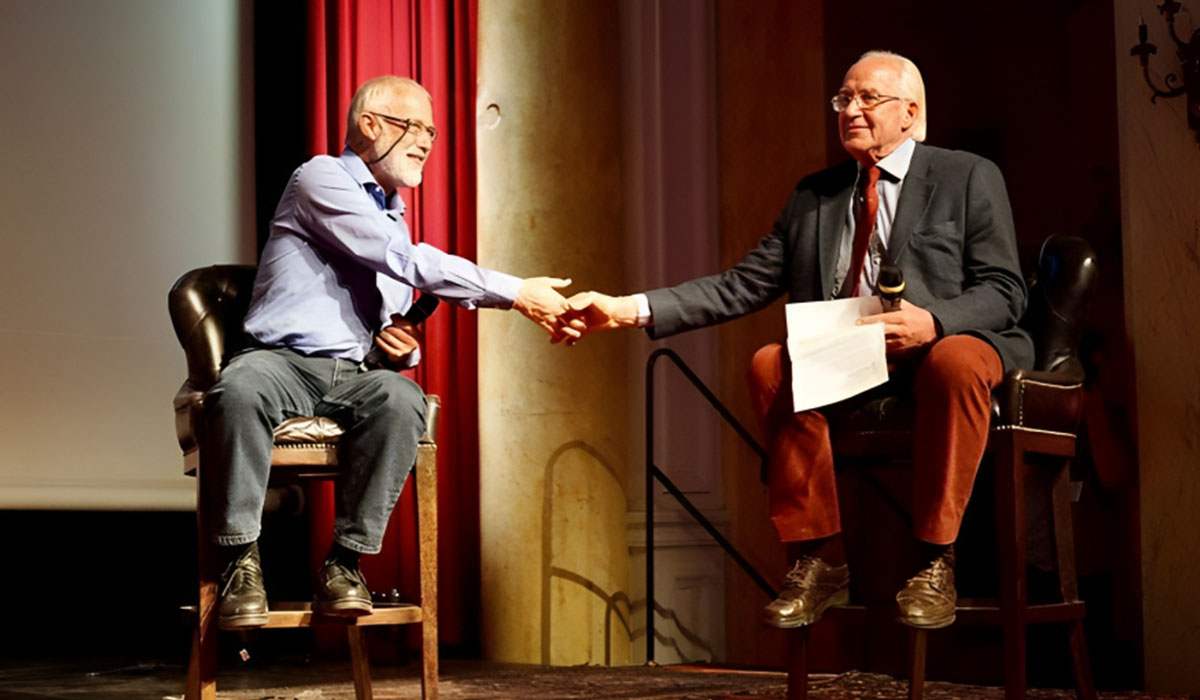
After living an excellent life and having influenced so many other lives throughout his lifetime, Doug Scott passed away at the age of 79. He was known among those he loved and who loved him back as a very giving and inspiring person. Many people see him as an excellent mentor and a “tribal chieftain,” as named by Chris Bonington. He spent much of his latter years volunteering for the mountaineering community which he did through the foundations set by him and his wife, CAT and CAN. He not only helped build a better life for those working in mountaineering, Scott made great efforts to serve the Alpine Club. With his constant efforts, he was able to create tourism opportunities in the community as well.
He had been living with his third wife, Trish Laing, during the time of his death. He had been divorced twice before with his first wife Jan, with whom he has three children, namely, Michael, Martha, and Rosie, and Sharu, with whom he has two children, namely Arran and Euan. He passed away on 7 December 2020. His death moved everyone from the mountaineering community. However, his legacy remains to this date and for the days to come.
Frequently Asked Questions (FAQs)
View this post on Instagram
How old was Doug Scott when he died?
At the age of 79, Doug Scott died of cancer on 7 December 2020 in Cumbria, England.
When did Doug Scott climb Mount Everest?
Doug Scott climbed Mount Everest in 1975.
Who was the first Englishman to climb Everest?
Scott and Hanton were the first Englishmen to climb the Everest.
Where did Doug Scott live?
Scott lived in the village of Hesket Newmarket in Cumbria.
Did Doug make it to the top of Everest?
Yes, Doug made it to the top of Everest.
Also, read;
